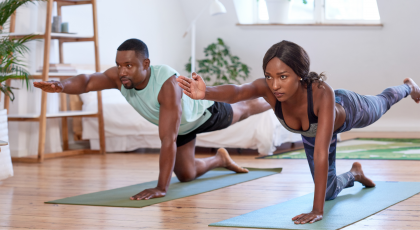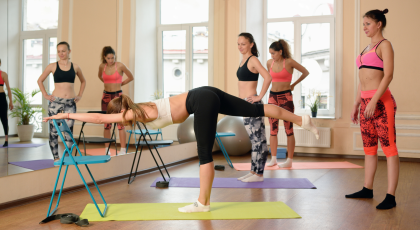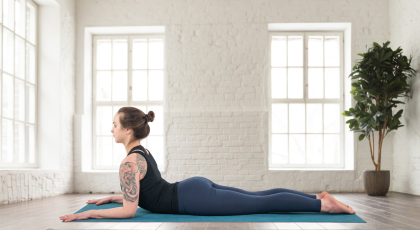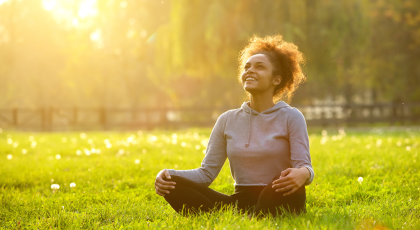View basket (0 items $0.00)

3 Ways to Care for Your Knees
Knee pain is one of the most common types of chronic pain that people experience. And it’s no wonder why—our knees support the weight of our body throughout our entire lives! While the U.S. population is getting older and more overweight, rates of knee pain are increasing independent of these two important factors. There’s no denying that we need to take better care of our knees.
In this post, I’ll describe the most effective ways to prevent knee pain and degeneration of the knee joints. Much of this is based on personal experience. I’ve used Clinical Somatics exercises and good self-care habits to prevent knee problems, despite years of beating up my knees with ballet, running, and working on my feet all day.
The most important thing you need to do is: listen to your knees. Notice what makes them hurt. Notice where in the knee joints you feel discomfort or pain. Notice if they feel tired, swollen, stiff, or achy. Be aware of crunching or popping. Your knees will tell you very important information if you listen to them. They’ll tell you if your muscles are too tight, if your posture and movement is imbalanced, and if you’re simply overusing them.
Even if you’ve had a knee replacement or you know that you need one, it’s never too late to start taking care of your knees. Your chronically tight muscles can always release, and you can always improve your body use and daily habits.
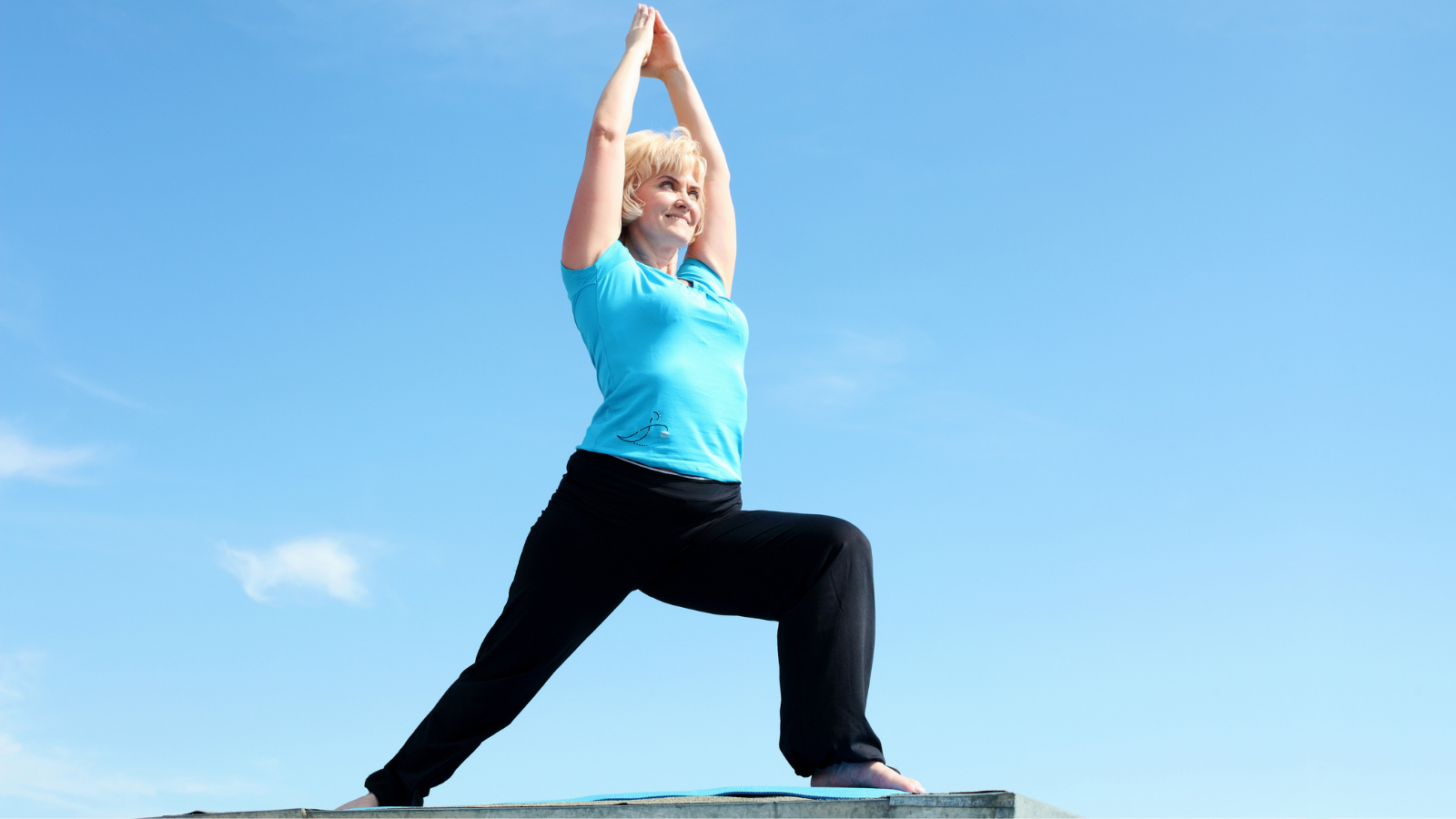
1. Keep Your Muscles Loose
As your leg muscles gradually get tighter and tighter throughout your life, they start compressing your knee joints. Tight quadriceps, hamstrings, calf muscles, hip adductors and abductors pull on the knee joints from all directions. Increased pressure within the knee joints causes inflammation and gradual breakdown of cartilage, and prevents healing by limiting circulation. And tight muscles pull tendons and ligaments taut, increasing the risk of a strain, sprain, or full tear.
I have no doubt that if I had not started practicing Clinical Somatics exercises 12 years ago, my knees would feel pretty awful by now. When my knees feel tired after a long day of being on my feet, I lie down and do my daily routine, and when I stand up afterward I feel like I have brand-new legs.
Releasing the chronic tightness in your leg muscles is a non-negotiable part of taking care of your knees, and pandiculation is the most effective way to do it. But releasing tightness in your leg muscles is only part of the solution—as I’ll describe in the next section, you also need to release any tightness in the core of your body that is causing misalignment of your pelvis and hips.
2. Practice for Balance
Your knees bear the brunt of how you use your entire body, so knee pain might be the first sign that your posture or movement is out of balance. Full-body patterns of posture and movement begin in the core of the body. The muscles of the abdomen, lower back, waist, and pelvis are like the foundation of a house—if something is out of balance in your core, your body will eventually start falling apart.
There are four basic ways in which tightness in your core muscles can cause knee pain:
-
If your core muscles are hiking one hip up higher than the other, you’ll be putting more pressure on one knee than the other. You’ll likely feel knee pain more on one side than the other.
-
If your lower back and/or abdominal muscles are tipping your pelvis forward or backward, this imbalance will create or add to tension in the quadriceps and hamstrings. This will most likely cause pain in the front or back of the knees.
-
If your core muscles are rotating your pelvis on the transverse plane (imagine a lazy Susan), with one hip pulled forward while the other is pulled backward, your hips and knees will have to compensate for the rotation. You’ll likely feel pain in one or both knees.
-
If your hip rotators are rotating your hips and knees either internally or externally, you’ll likely feel pain on either the inside or outside of one or both knees.
Evening out the imbalances in the core of your body involves not only releasing chronic muscle tension but also retraining your proprioception. Even though you might know intellectually or be able to see that your posture is imbalanced, it feels right and comfortable because your proprioception (internal sense of posture and movement) has gradually adapted to it over the years. Clinical Somatics exercises not only release the chronic muscle tension in your core and legs, but they also allow you to retrain your proprioception and become extremely aware of how your body use is contributing to your knee pain.
Part of the process of improving your posture and movement also involves strengthening weak or inactive muscles. But before you can do that successfully, you need to release your chronically tight muscles and even out the imbalances in your muscular patterns. Trying to strengthen a tight, imbalanced body will just add to your overall tension. Once you’ve released your tight muscles and evened out your imbalances, you’ll be ready to start a gentle strengthening routine for your core and leg muscles.
3. Let Your Knees Heal
Being active and spending parts of your day standing up are absolutely necessary for leg strength as well as cardiovascular health. But taking some time to rest your legs. Knowing when to rest is also critical.
Regular loading and unloading of weight on your knees is best for the health of your cartilage. Too much or too little movement leads to problems. Cartilage relies on joint movement to diffuse blood and other nutrients through the joint fluid. While cartilage heals much more slowly than muscle and skin, it can heal (at least, to some extent) if you give it the chance.

Giving your knees periods of rest during the day involves listening to your knees and noticing when they feel tired, as well as potentially changing your daily routine and habits. If your job involves standing up to the point that your knees hurt, brainstorm ways that you can improve your work conditions. This might include wearing more supportive shoes, standing on a padded mat or wearing knee pads, taking shorter but more frequent breaks, or finding a way to do some of your job sitting down. You will also find that once you’ve released your tight leg muscles and improved your body use with Clinical Somatics exercises, your knees will feel much happier throughout the day.
If you’re an athlete and your exercise of choice is damaging your knees, you need to think about your priorities. There are many, many athletes out there who continue their routine even though they know they’re doing damage to their bodies. It’s easy to be in the mindset that keeping up your fitness or performance level is more important than a little knee pain; I certainly had that mentality when I was a dancer. At some point, you’ll need to come to terms with the fact that you could be permanently damaging your body. When you feel pain or any discomfort, your body is telling you something.
If there’s one particular activity that you love more than anything else, it can be difficult to think about doing it less or doing something else instead. However, you might be surprised that your performance can improve if you start cross-training. By alternating several different forms of exercise throughout the week that use your body in different ways, you’ll give your joints and muscles a chance to rest and heal. For example, my knees get “off days” when I swim or go to yoga. As long as you work out just as often, you will probably notice an improvement in your athletic performance as well as in how your body feels.
Listen to Your Knees
When your knees feel tired, stiff, achy, sore, crunchy, or painful, listen to them and figure out why. Know that cartilage, as well as tendons and ligaments, take considerably longer than muscles to heal. It may take weeks or months of self-care before you feel a significant improvement. Be patient—taking care of your knees now is far preferable to getting a knee replacement later. Follow all three steps I’ve described above, and your knees will thank you.
Reprinted with permission from Somatic Movement Center.
 Sarah Warren St. Pierre is a Certified Clinical Somatic Educator and the author of the book Why We’re In Pain. She was trained and certified at Somatic Systems Institute in Northampton, MA. Sarah has helped people with chronic muscle, and joint pain, sciatica, scoliosis, and other musculoskeletal conditions become pain-free by practicing Thomas Hanna’s groundbreaking method of Clinical Somatic Education. Sarah is passionate about empowering people to relieve their pain, improve their posture and movement, and prevent recurring injuries and physical degeneration.
Sarah Warren St. Pierre is a Certified Clinical Somatic Educator and the author of the book Why We’re In Pain. She was trained and certified at Somatic Systems Institute in Northampton, MA. Sarah has helped people with chronic muscle, and joint pain, sciatica, scoliosis, and other musculoskeletal conditions become pain-free by practicing Thomas Hanna’s groundbreaking method of Clinical Somatic Education. Sarah is passionate about empowering people to relieve their pain, improve their posture and movement, and prevent recurring injuries and physical degeneration.
Featured Courses
